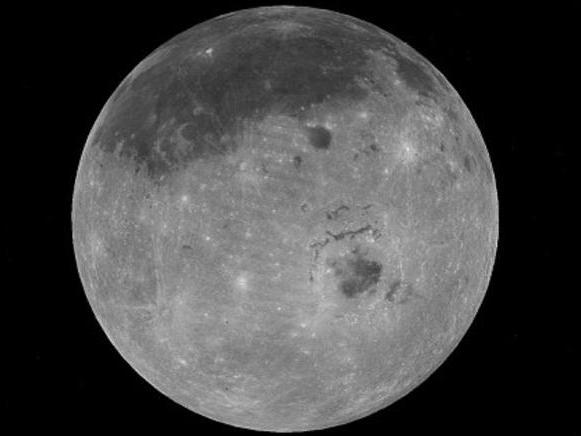NASA hoping to return man to moon by 2021
How the next-gen lunar vehicles might look

Despite the ongoing review of all future spaceflight plans that was recently ordered by President Obama, NASA remains hopeful of sending another manned mission to the moon and continues to research potential vehicles that could be used.
Forty years ago, NASA astronaut Neil Armstrong became the first man to set foot on the moon with his immortal "One small step…" words.
But since the spate of Apollo missions in the late 1960s and early 1970s the closest man has got to revisiting the moon's surface is via unmanned lunar orbiters.
In 1990 the then US president, George Bush Snr, proposed building a base on the moon and using it as a stepping stone to mars, however funding was never approved by Congress and thus the plan fell flat.
Putting man back on the moon
In 2004 his son, former president George W Bush, proposed a similar plan in which the moon would be populated and explored to see if it had any resources that could be used for fuel to aid space flight.
President Obama initially appeared to support this plan, but has since ordered a broad review of NASA's future spaceflight plans. Budget constraints have seen the timeline for any mission slip further back to at least 2021.
Get daily insight, inspiration and deals in your inbox
Sign up for breaking news, reviews, opinion, top tech deals, and more.
Future planning
However despite this NASA has continued to plan for a future manned mission to the moon. At the centre of these plans is a manned moon station where astronauts can live for up to 180 days at a time, in between explorations of the surface.
NASA believes that the infrastructure to develop any such space colony could be built by sending cargo and crew to the moon at a rate of two missions per year.
How the moon colony might look
NASA has even been so good as to provide a number of detailed illustrations as to what any future moon colony might look like, along with vehicles that might be employed by its inhabitants.
Perhaps we're showing our age a bit, but clicking through the NASA illustrations reminded us of thumbing eagerly through Stewart Cowley's Spacecraft 2000-2100 as kids hoping that one day we might get to ride the Interstellar Queen.
Via NewScientist